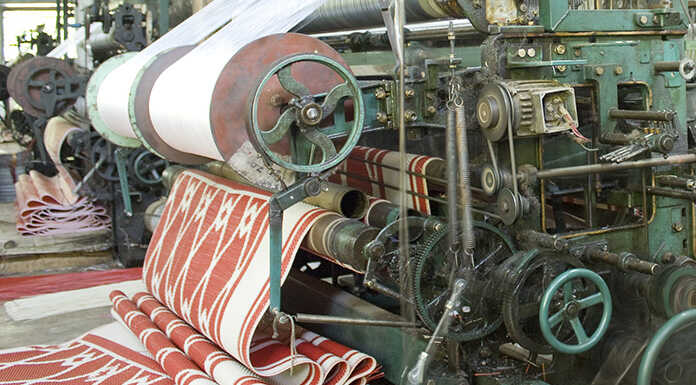Part one of the four-part Machine Safeguarding Series. View series
This is the first in a four part series of machine safeguarding blogs. Each blog addresses a different aspect of machine guarding as it applies to some of the most common machines. This blog will focus on the basics and will be the foundation for the series.
Machine guarding basics
The original equipment manufacturer of the machine has some responsibilities in the safeguarding process. Their responsibilities include designing out, covering and warning of hazards (with instruction manuals, warning signs and color coding). However, the end user (employer) has the final responsibility to properly safeguard the machine to prevent employee injury.
Contrary to what some may think, there are no OSHA “grandfather clauses” for machine safeguarding. Machines are NOT “grandfathered in” because they were manufactured before the regulations existed. Another surprise to many is that new machines are not always properly guarded and compliant when they arrive from the manufacturer. It’s also worth noting that training is not a suitable replacement for proper machine guarding.
According to the American National Standards Institute (ANSI), the word “safe” is defined as “the state of being protected from recognized hazards that are likely to cause serious physical harm.” All machines operated by humans contain some risk to humans. The only way to eliminate the risk would be to program a robot to operate the machine in a secured area impossible to access by a human. But that’s not reasonable in most facilities, so placing guards over the hazards or devices on the machine is the more common option.
Machines can be protected with guards (physical barriers) or devices (electronic or mechanical controls). An example of a guard is the cover that prevents you from touching the blade on a fan – the openings in the fan’s guard need to be small enough that your fingers can’t reach the danger area. An example of a device is a laser or light curtain that is connected electrically to the machine to stop the machine when certain conditions are met such as breaking the light beam with a body part.
Check out all of the posts in the Machine Safeguarding Series
Part 1: Machine safeguarding basics
Part 2: Performing a risk assessment and determining controls
Part 3: Machine safeguarding for conveyors & mechanical presses
Part 4: Machine safeguarding for rollformers/rollbenders and turning machines

















